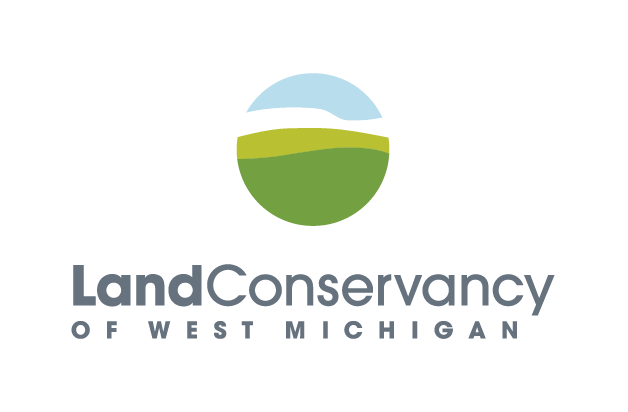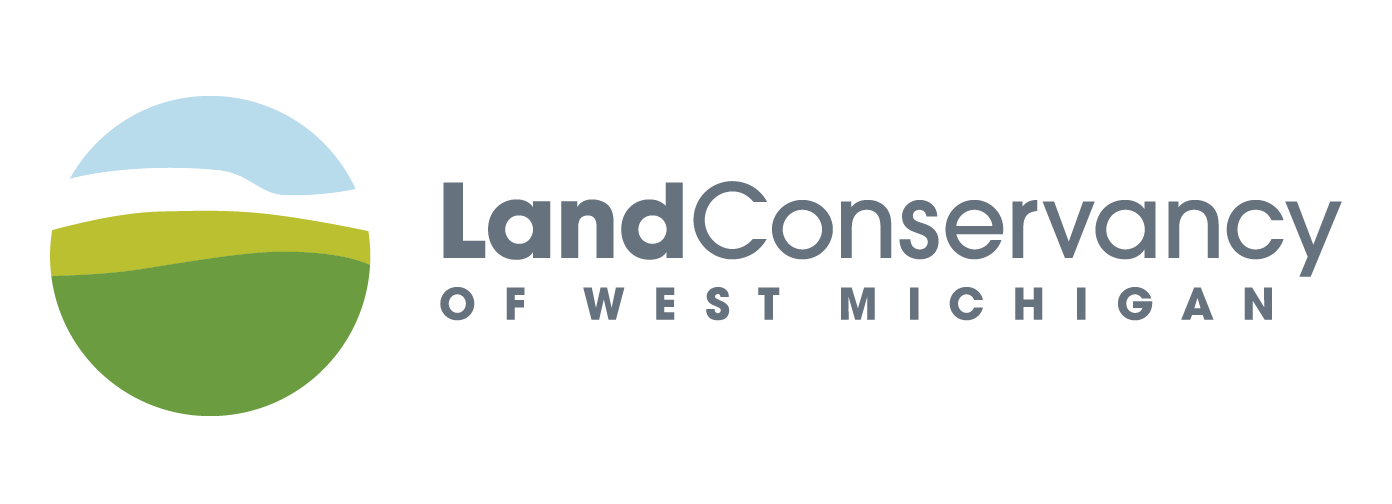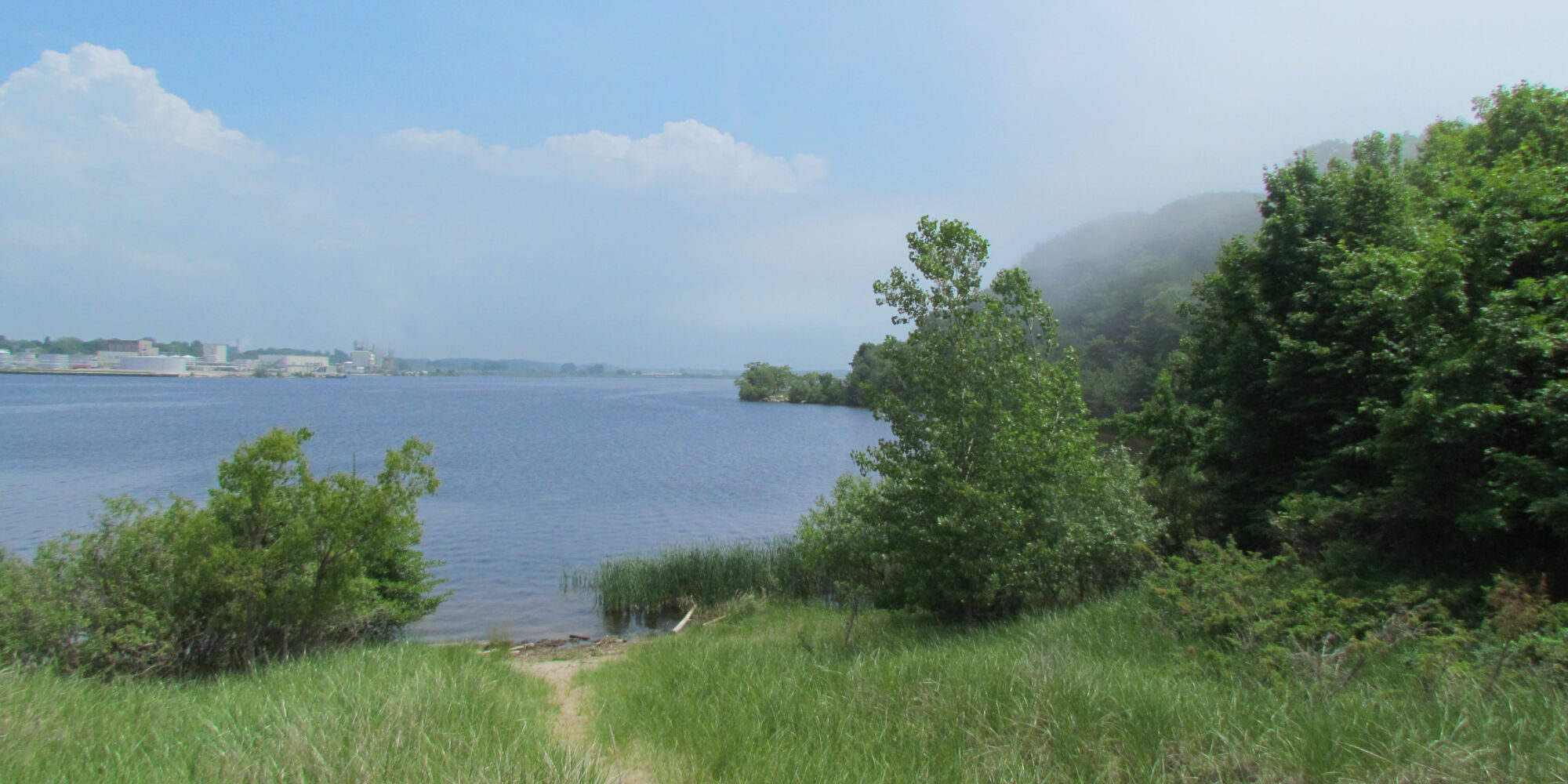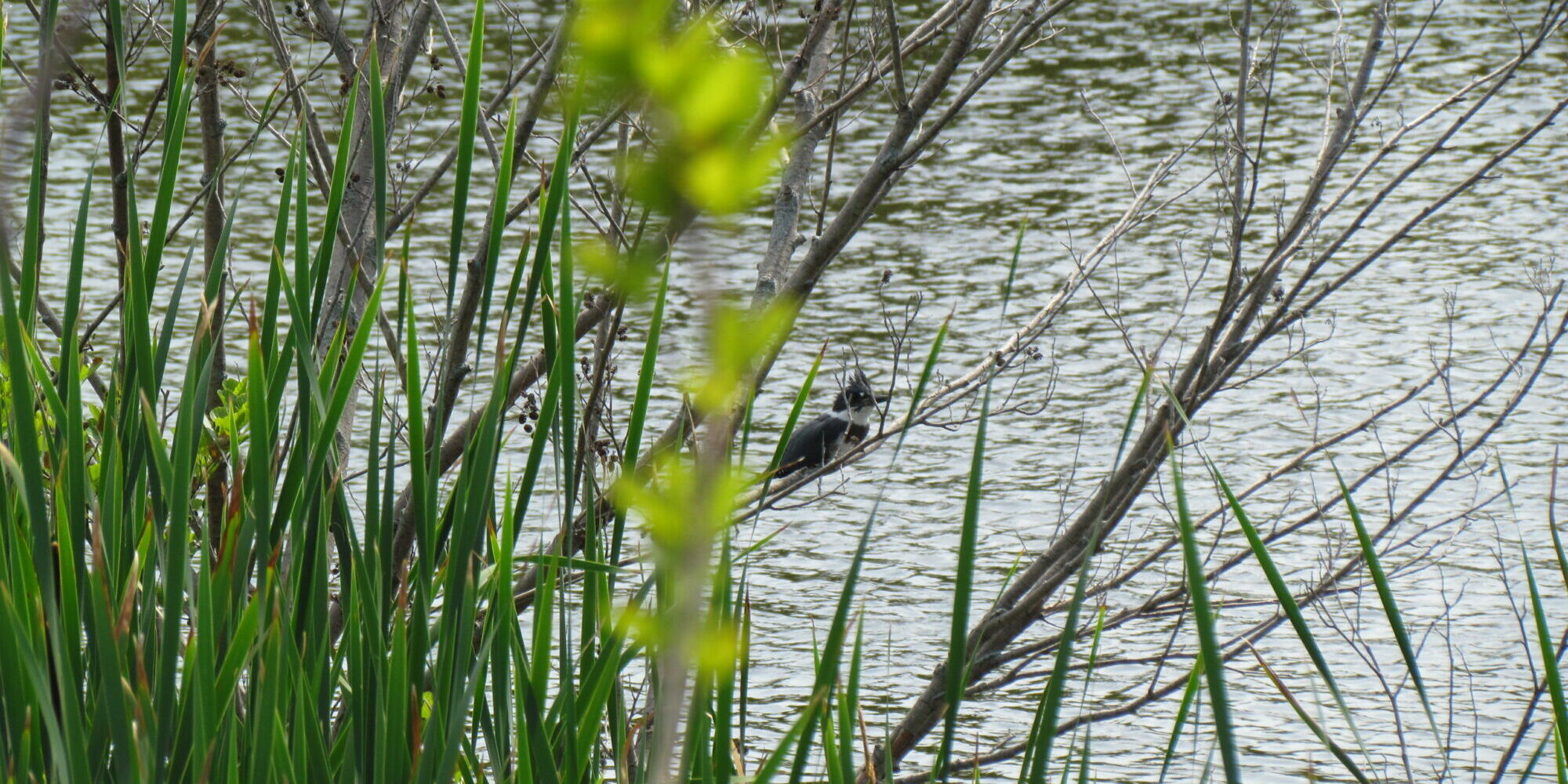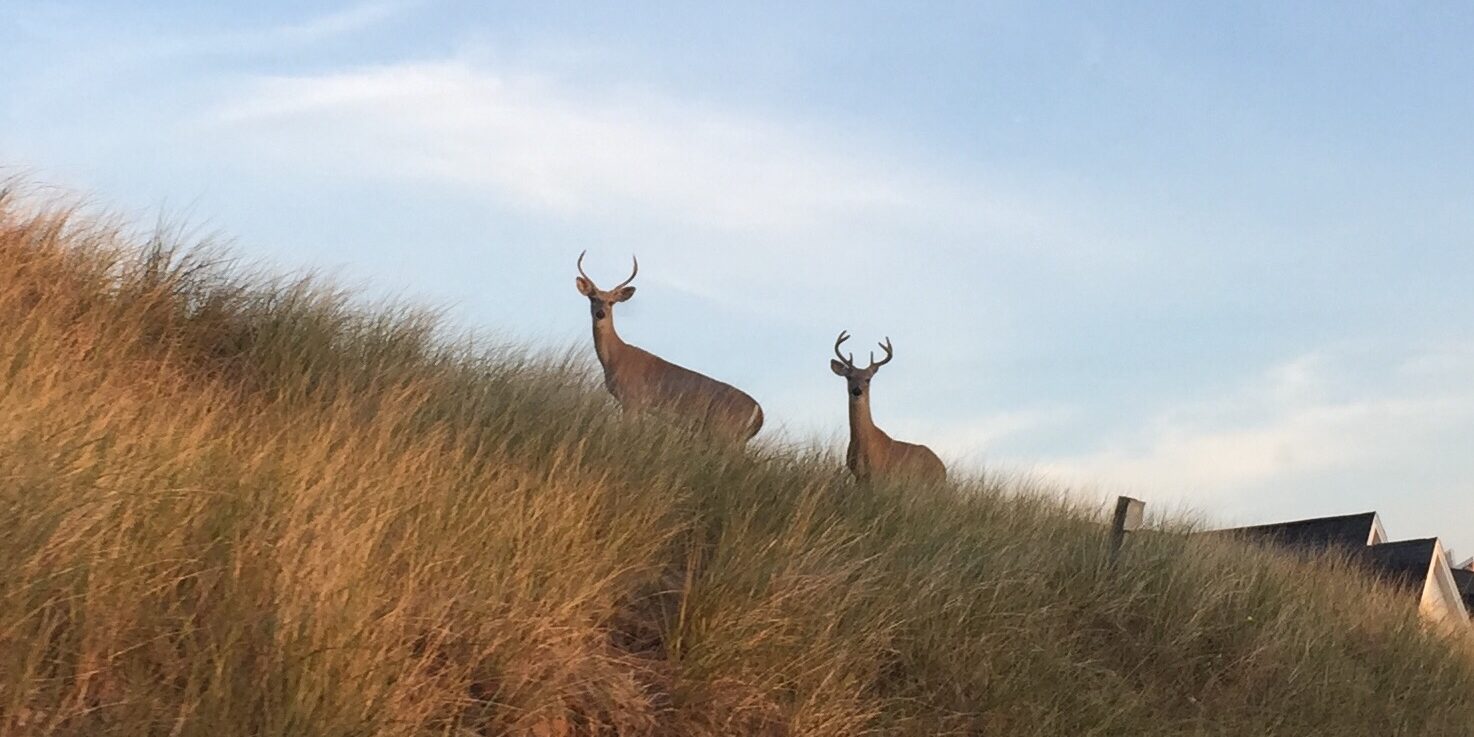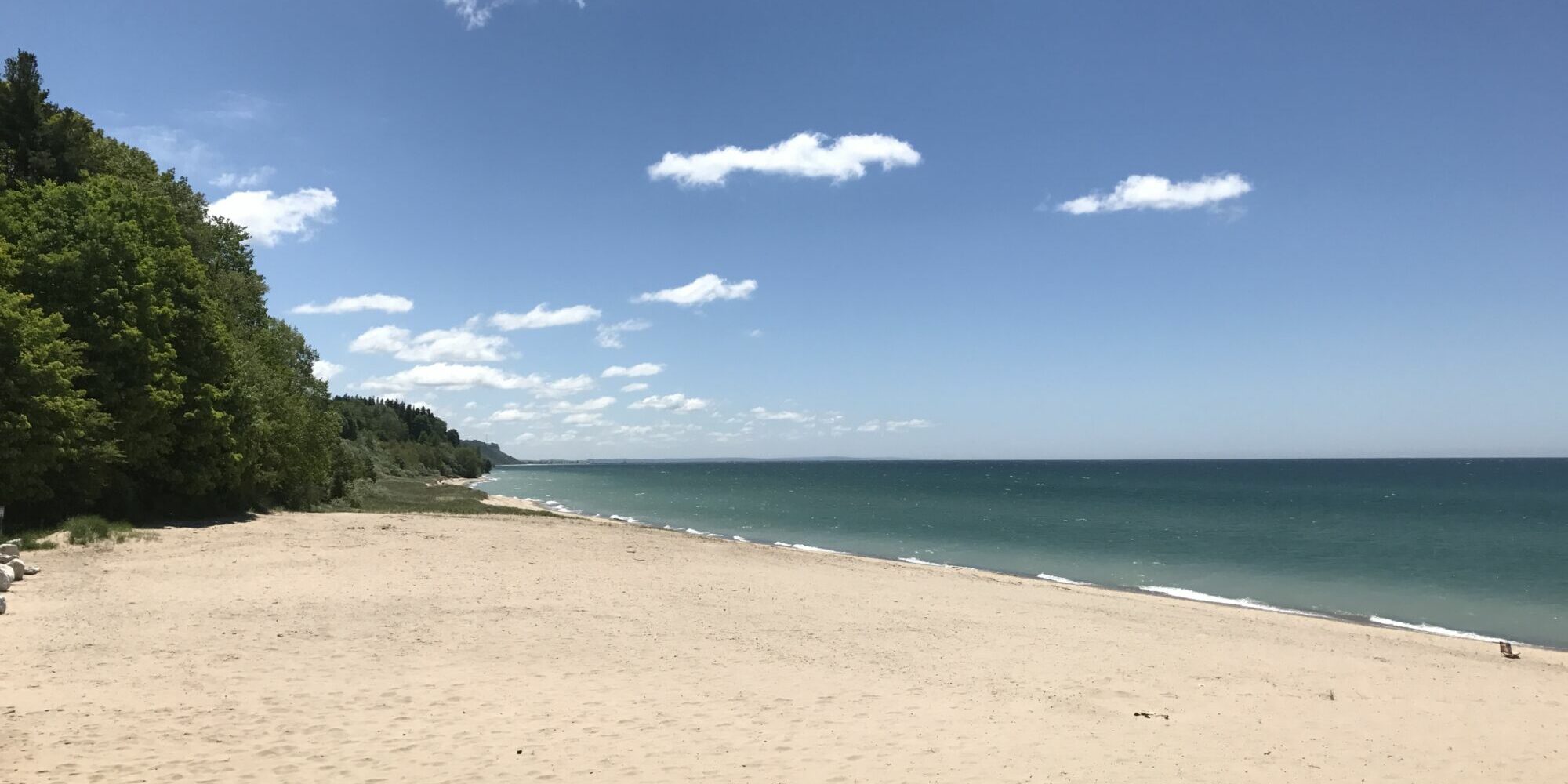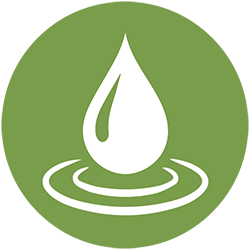Project History
When Dow, Inc.’s operation was sold to Occidental Chemical in 2009, Dow retained over 300 acres of land, including property at the mouth of the Pere Marquette River, and along the shores of Pere Marquette Lake and Lake Michigan. Shortly after the plant sale was completed, Dow began working with Pere Marquette Township and the Land Conservancy of West Michigan to place those lands it had retained into public ownership. All three parties envisioned creating a protected public resource that can be enjoyed by and will benefit residents and visitors to the area forever.
Pere Marquette Township’s acquisition of the property was generously supported by the Michigan Natural Resources Trust Fund and was divided into two phases. The first phase is complete and encompasses 254 acres, protecting significant public open space, wildlife habitat and wetland resources adjoining the Pere Marquette State Game Area. The second phase covers the remaining 37 acres of the property, which required further environmental remediation to make it suitable for public use. Dow has completed this remediation, and now the partners are working to develop an urgently needed, safe, and high-quality access to the Pere Marquette River. This portion of the project will also permanently protect the river shoreline and restore native landscapes and wildlife habitat.
The park was made possible by a Michigan Natural Resources Trust Fund, the Pennies from Heaven Foundation, Tom Paine of Metalworks, and many other community foundations and individual donors.
Conservation Value
The Pere Marquette River is a special place. It has been designated by the state as a Natural River and a Blue-Ribbon Trout Stream and federally designated as a National Wild and Scenic River. There are no dams on the main branch of the river, making it the only free-flowing river in the entire Lake Michigan watershed. With tributaries included, there are over 300 miles of stream.
The Land Conservancy has been extensively involved with efforts to protect the Pere Marquette upstream of Pere Marquette Conservation Park, and to date has protected over 4,400 acres with 31 miles of frontage in the watershed. The acquisition of the river mouth site by Pere Marquette Township from Dow, Inc. has now provided the path to ensuring protection of the lower portion of the river.
The restoration and conservation of natural habitats is a priority in the development of Pere Marquette Township Park. Today, much of the landscape is overtaken with invasive species like autumn olive, oriental bittersweet, garlic mustard and spotted knapweed. The Township has worked with the Mason-Lake Conservation District, the North Country Cooperative Invasive Species Management Area, and other conservation consultants to develop plans to remove these plants, discourage the further spread of invasive species, and plant and ensure the success of native wildflowers and grasses. Restored forests, wetlands and grasslands and improved wildlife habitat are all part of the park’s future.
